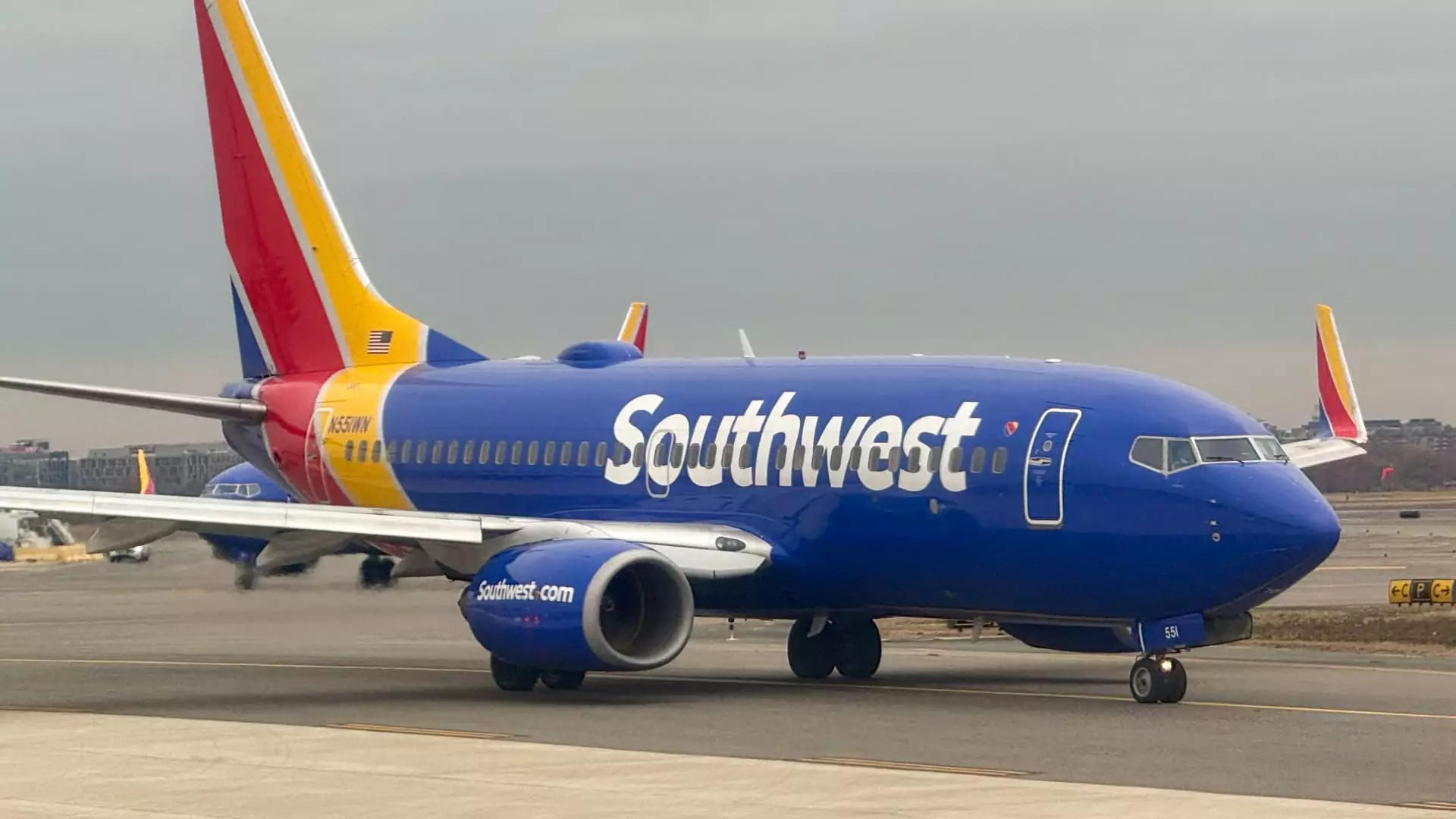In a bold and controversial move, Southwest Airlines announced on Monday that it will be reducing its corporate workforce by approximately 15%, translating to around 1,750 employees. This significant workforce reduction is being labeled as “unprecedented” by CEO Bob Jordan, who cited the need to restructure the organization in order to streamline operations and cut costs. According to reports, the company anticipates around $210 million in savings this year, with projections of approximately $300 million by 2026, illustrating the financial pressures the airline is currently under.
A Shift in Corporate Culture
This latest decision marks a dramatic shift in the corporate culture that Southwest Airlines has long championed. Historically known for its commitment to customer service and employee satisfaction, the company is now facing the reality of needing to adapt to changing market dynamics and investor expectations. Jordan’s memo, warning that these changes are essential for transforming the airline into a more agile and efficient organization, underscores the harsh reality of business in a competitive environment. This move not only challenges the traditional perceptions of Southwest as a people-focused company but also raises questions about its future trajectory.
The layoffs also arrive shortly after a turbulent engagement with activist investor Elliott Investment Management, which recently secured five seats on the Southwest board. This investor pressure has compounded the urgency for change within the company, as calls for leadership adjustments and improved profitability have intensified. Although Elliott did not succeed in replacing Jordan, the influence of such investors cannot be underestimated in shaping corporate policies, thereby indicating a possible shift towards more profit-focused strategies.
In addition to corporate layoffs, Southwest Airlines has been implementing various cost-cutting measures, including a hiring freeze and the discontinuation of long-standing programs such as the internship initiative and team-building events that once fostered company camaraderie. There is also an aggressive pursuit of eliminating unprofitable routes—a strategic move that reflects the airline’s keen focus on financial sustainability. Last year, the company even deliberated over changes to its iconic open seating model, suggesting a transition towards assigned seating and a section for passengers seeking additional legroom.
Looking Ahead: The Future of Southwest Airlines
As the layoffs take effect in late April, it’s crucial to consider the implications these changes may have on employee morale and the company culture. While Jordan has assured affected employees will receive salaries, benefits, and bonuses until their departure, the emotional and psychological toll of such mass layoffs cannot be overlooked. For Southwest Airlines to navigate this pivotal moment effectively, it will need to reassure both its remaining workforce and its customer base that it can continue to deliver the values that have differentiated it in the competitive airline market. The coming months will be crucial in determining whether these strategic changes can not only stabilize Southwest Airlines but also set a foundation for future growth amidst an evolving industry landscape.


Leave a Reply